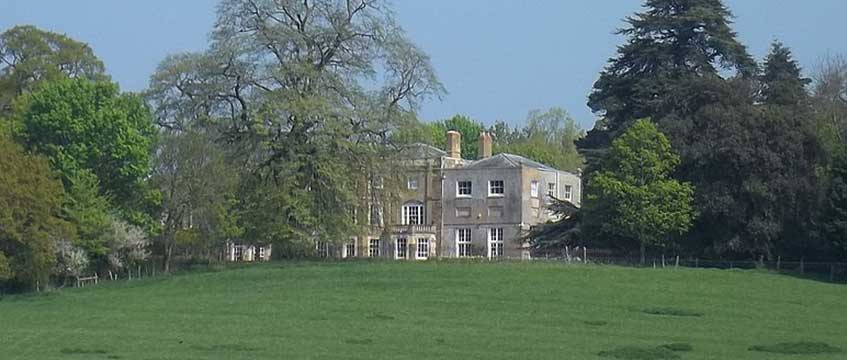A man who sold a pair of 18th century lead urns has triumphed at last in an appeal against a finding that listed building consent was required for their removal.
A planning inspector, the High Court and the Court of Appeal had all sided against Marcus Dill, who sold the urns and their limestone piers unaware that they had, in 1986, been individually listed as part of the Grade II listed Idlicote House in Shipston-on-Stour, Warwickshire. But now the Supreme Court has unanimously allowed his appeal.
Lord Carnwath ruled that, for something to meet the definition of a listed building in the relevant legislation, it has to be a “building”.
Simon Ricketts, partner at Town Legal, said that, in overturning the previous decisions, the Supreme Court has “opened up somewhat of a Pandora’s box” which could affect the listing of many other similar objects.
He explained: “In considering whether an object, such as a large garden ornament, has been appropriately treated as a listed building in its own right it is relevant to look at issues such as size, permanence and the degree of physical attachment, for instance the extent to which it needed to be erected rather than simply placed in situ. It can be a defence to listed building enforcement to show that the ‘listed building’ was not in fact, applying those tests, properly to be regarded as a listed building. There will be numerous entries on the statutory list (for instance garden objects, statues or memorials) where an owner could potentially now question whether the relevant object should in fact not be treated as a listed building.”
The urns were originally commissioned for a historic garden at Wrest Park in Bedfordshire where they remained until 1939 but have been moved a number of times since then. In 1973 they were moved by Dill’s father to the garden of Idlicote House. In June 1986 they were added to the list of listed buildings under section 54 of the Town and Country Planning Act 1971.
In 1993, Dill acquired the house and, in 2009, he sold the urns and piers at auction.
Six years later, Stratford-on-Avon District Council informed him that that listed building consent had been required for the items to be removed. However, it refused his retrospective application for consent and issued a listed building enforcement notice requiring the reinstatement of the items at Idlicote House.
Dill appealed, claiming that the items were not “buildings” for the purposes of the Planning (Listed Buildings and Conservation Areas) Act 1990. However, a planning inspector took the view that the status of the items as “buildings” was established by the listing, and that he could not reconsider the issue. The High Court and Court of Appeal agreed.
However, giving the Supreme Court’s judgment today, Lord Carnwath said that, under the 1990 Act, a listed building means “a building which is… included in [the] list…”.
He continued: “Thus there are two essential elements: it must be both a ‘building’ and it must be ‘included in [the] list…’. If it is not in truth a building at all, there is nothing to say that mere inclusion in the list will make it so.”
Giving guidance for future cases, he added that it is important to keep in mind the purpose of listed building control, which is to identify and protect buildings of special architectural or historic interest.
He said: “It is not enough that an object may be of special artistic or historic interest in itself; the special interest must be linked to its status as a building. That is implicit in the reference to ‘architectural’ interest. But it is relevant in my view also to the concept of historic interest. The historic interest must be found not merely in the object as such, but in its ‘erection’ in a particular place.”
Dill’s appeal against the enforcement notice will now be remitted to the secretary of state for housing, communities and local government, to be reconsidered by another inspector in the light of the court’s decision.
To send feedback, e-mail jess.harrold@egi.co.uk or tweet @estatesgazette








